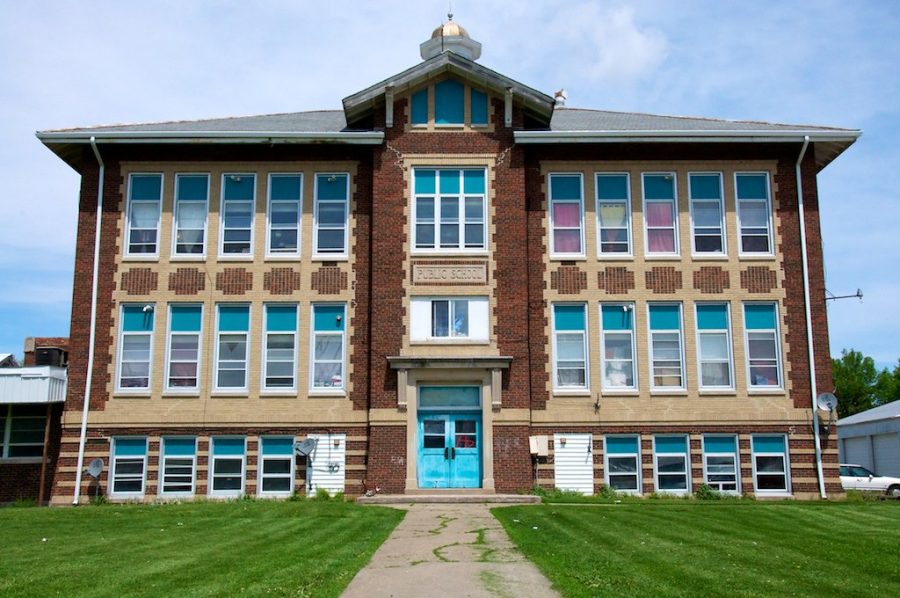Manufactured Scarcity
April 22, 2022
"Public School" by Ashamar is marked with CC BY-NC-SA 2.0.
Students in underfunded public schools often get left behind when it comes to higher education.
In the fall of 2019, the National Education Equity Lab, a New York-based nonprofit, gave over 300 upperclassmen from high-poverty high schools the chance to enroll in a Harvard course, “Poetry in America: The City From Whitman to Hip-Hop.” The students were taught by the same professor and held to the same standards as the college students taking the class at Harvard.
The enrolled students were overwhelmingly students of color and those who qualified for free lunch. 89 percent passed.
That is incredible, inspiring, and, when examined more deeply, a bit enraging. Few, if any of these students, would go on to attend an Ivy League school, yet they had proven that they were able to thrive in that sort of environment.
“Harvard isn’t part of the conversation—you don’t even hear that word in [my hometown],” said one student who took the course. “It isn’t something that adults expect out of us. I don’t think it’s because they don’t believe in us; it’s just so much is stacked against us.”
How well could more students do if only they had the chance, the access to a top-tier education? Why do elite schools have so few spots, and why are so many four-year colleges prohibitively expensive?
This exclusivity applies to test-optional policies. So far, two classes of seniors applying to college have had a substantial proportion of students opt out of the test score screening. One of these classes, the high school seniors who graduated in 2021, are wrapping up their freshman year of college. And, presumably, they’ve done just fine academically; if they hadn’t, the majority of schools would be reinstating testing requirements, which isn’t happening.
That begs the question: Why were the testing requirements there in the first place? Why have colleges been keeping out students based on test scores for so many years when they were suddenly able to eliminate half of those test scores and still admit their freshman classes? If this requirement was at least somewhat arbitrary, which other ones are? How many of these barriers are artificial, manufacturing a sense of scarcity and prestige?
If testing requirements raise an obstacle to admission by leaning on a metric reflecting socioeconomic and racial disparities, and if test-optional policies do the same by leaning on other metrics that reflect socioeconomic and racial disparities (and by lowering overall acceptance rates), then how can the higher education landscape budge from its current state? It can’t, as long as barriers remain high and spots scarce.
